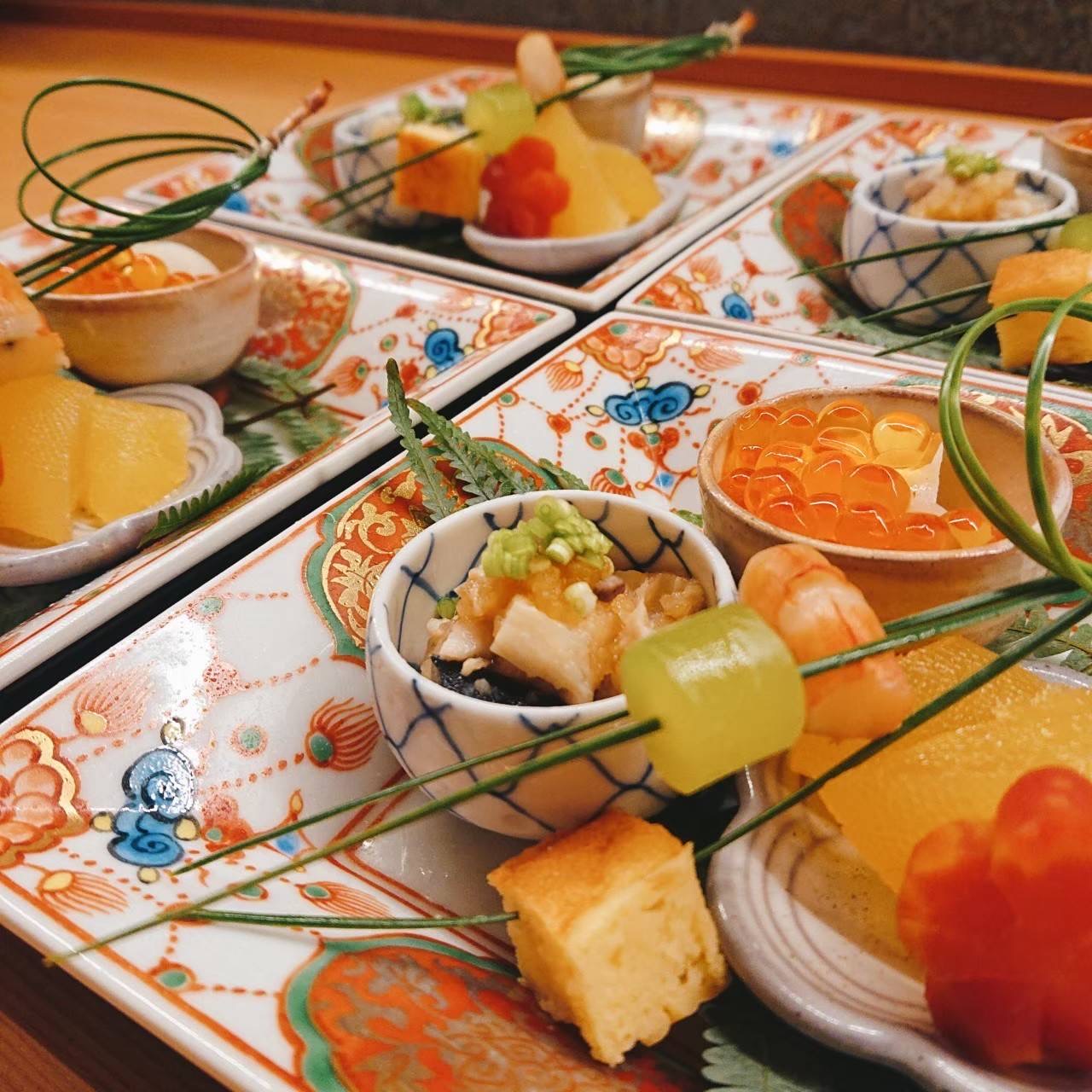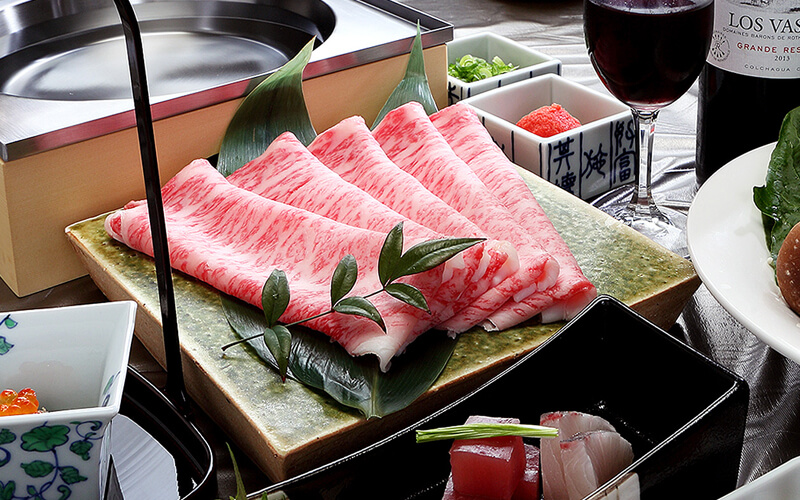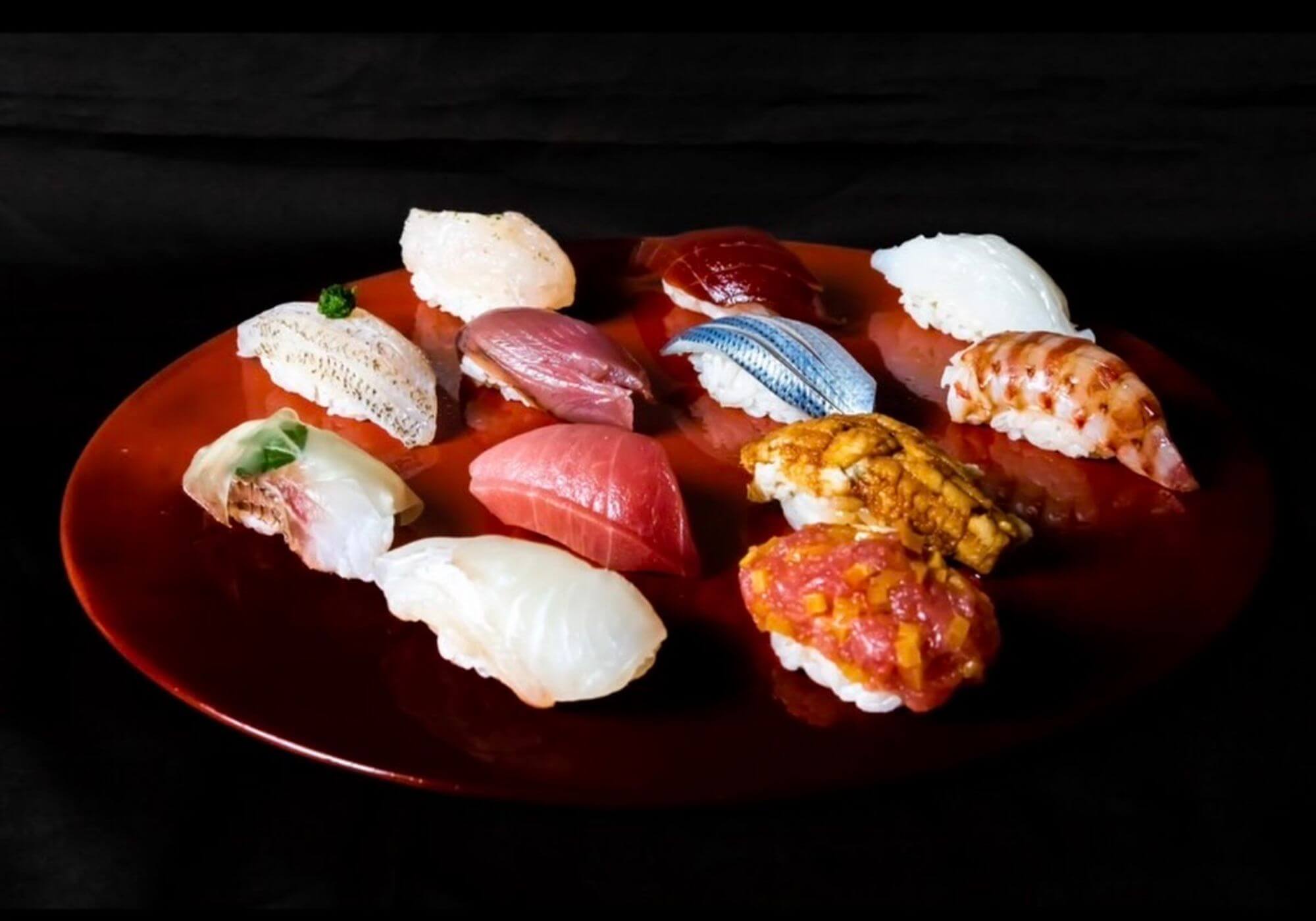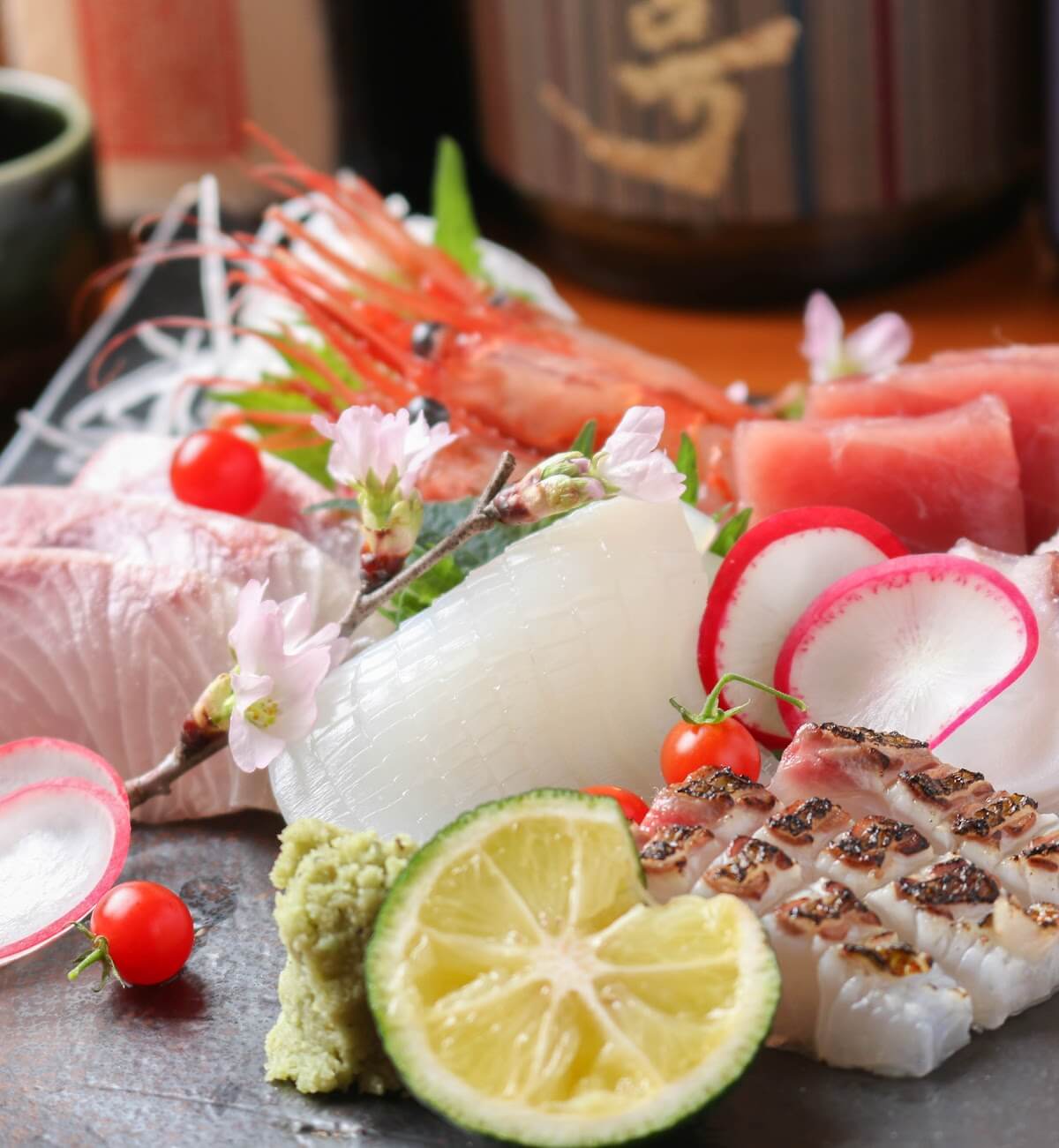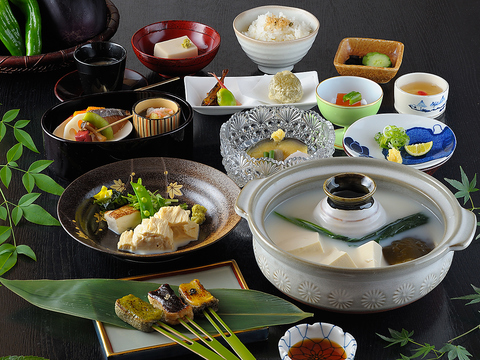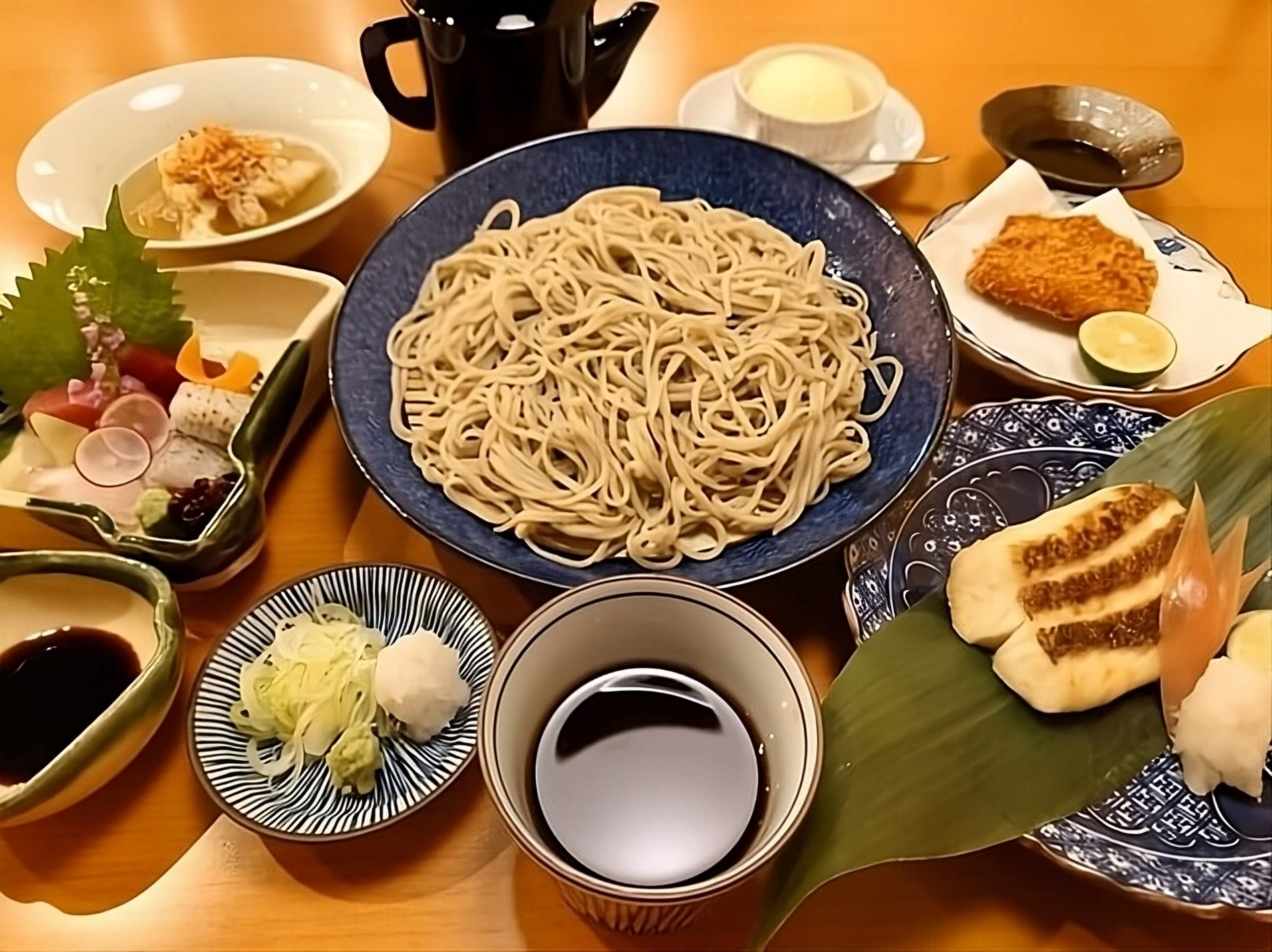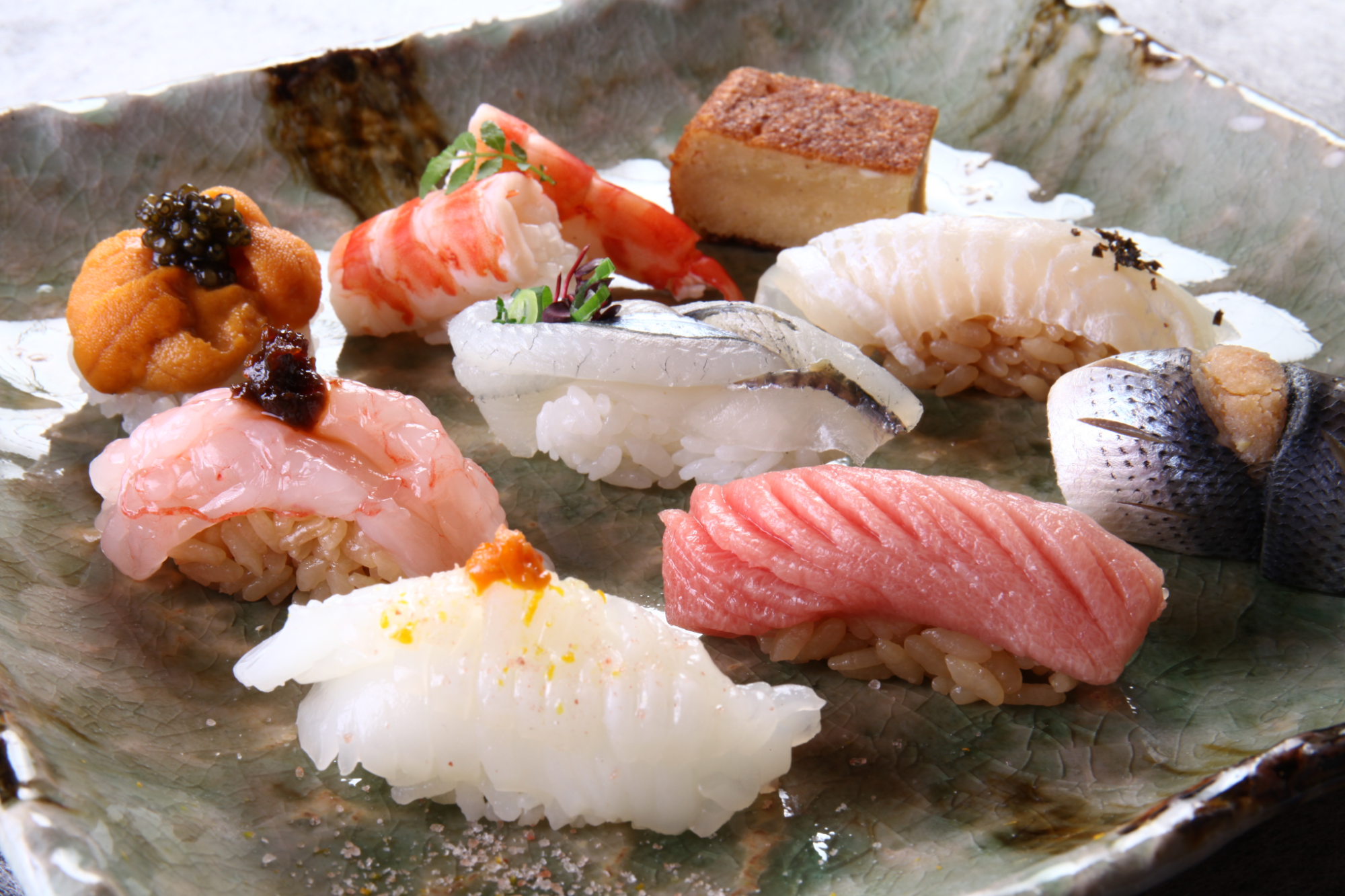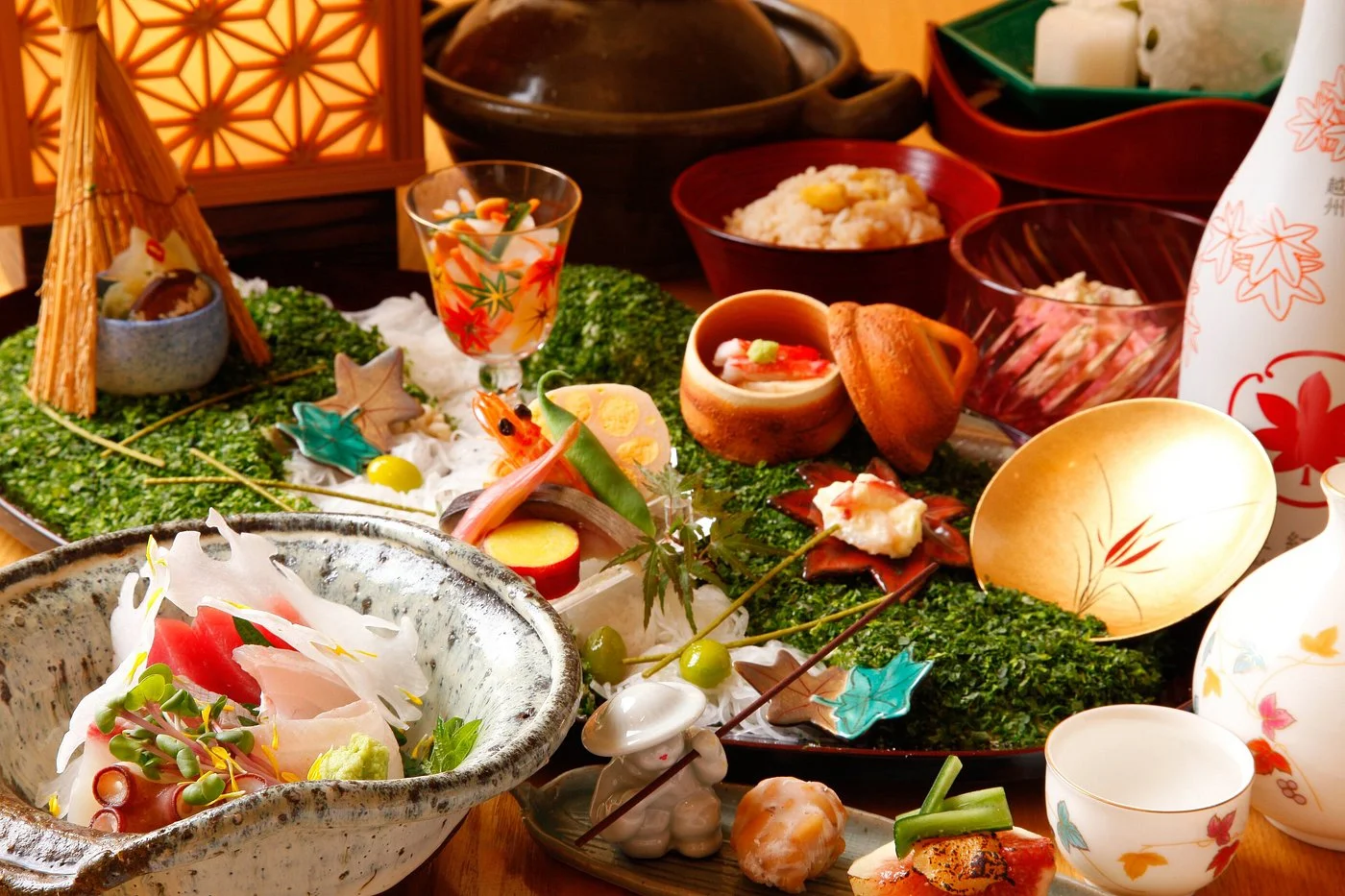Winter in Japan is wonderful, with lots to see and do without the bigger crowds of warmer seasons. Kyoto is a particularly beautiful place to explore, with various festivals and events to enjoy.
What can you expect when you visit Kyoto in winter? Below, our local Japanese experts share six fantastic things to do in Kyoto!
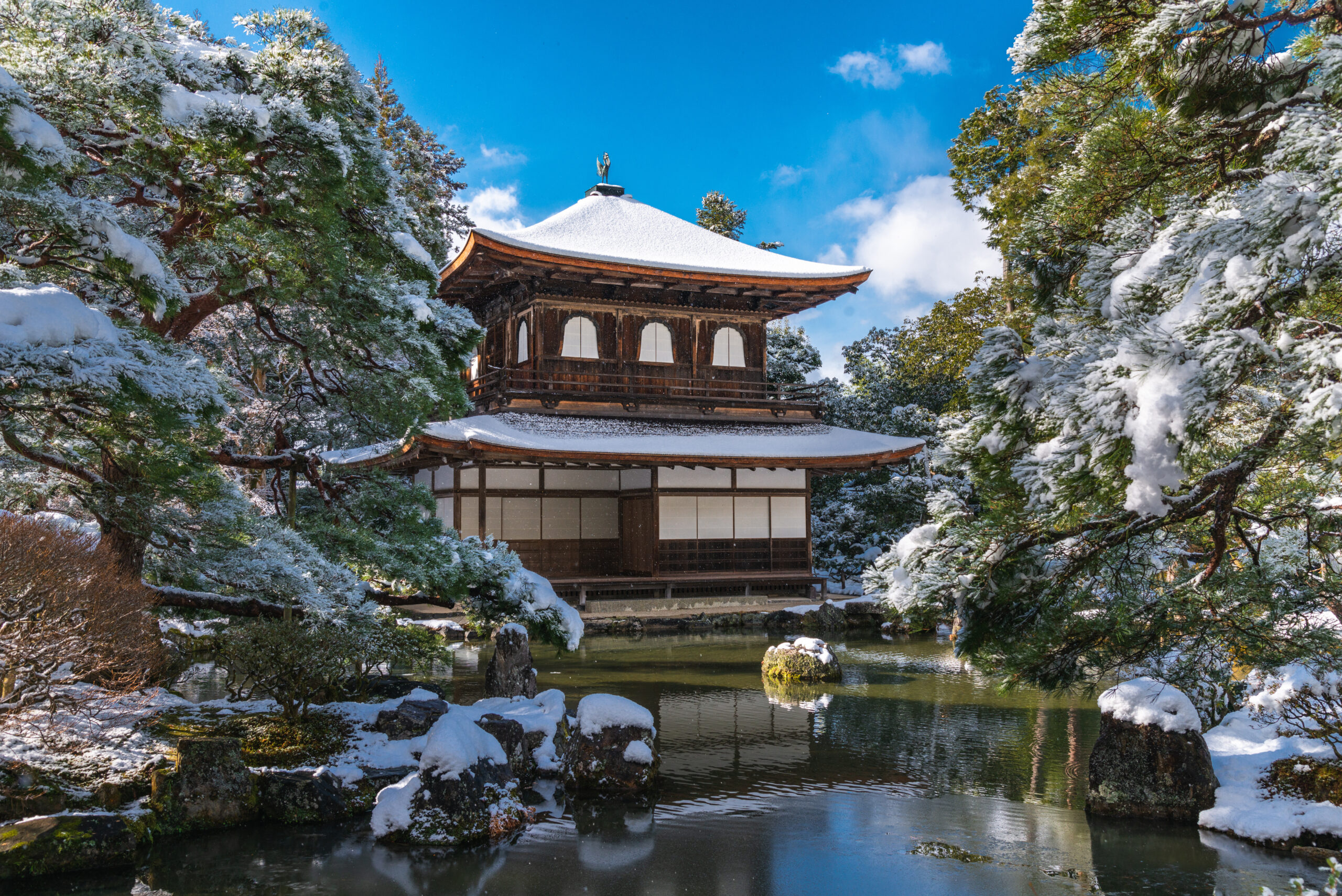
If you want to experience Kyoto in winter, the season runs from December through February. While December can be a very cold month, Kyoto tends to be at its coldest from January to February. Keep that in mind when packing for your trip — thick hoodies, jackets, scarves, and hats will probably come in handy!
There are generally fewer tourists during winter in Japan (apart from over the Christmas and New Year holidays). That makes it a fantastic time to see Kyoto in winter without having to deal with massive crowds.
If you’re lucky, you might even get to enjoy snow. When the beautiful temples and shrines around Kyoto are blanketed in snow, they become some of the most sought-after views in the area!
See our recommended accommodations in Kyoto: MACHIYA RESIDENCE INN KYOTO
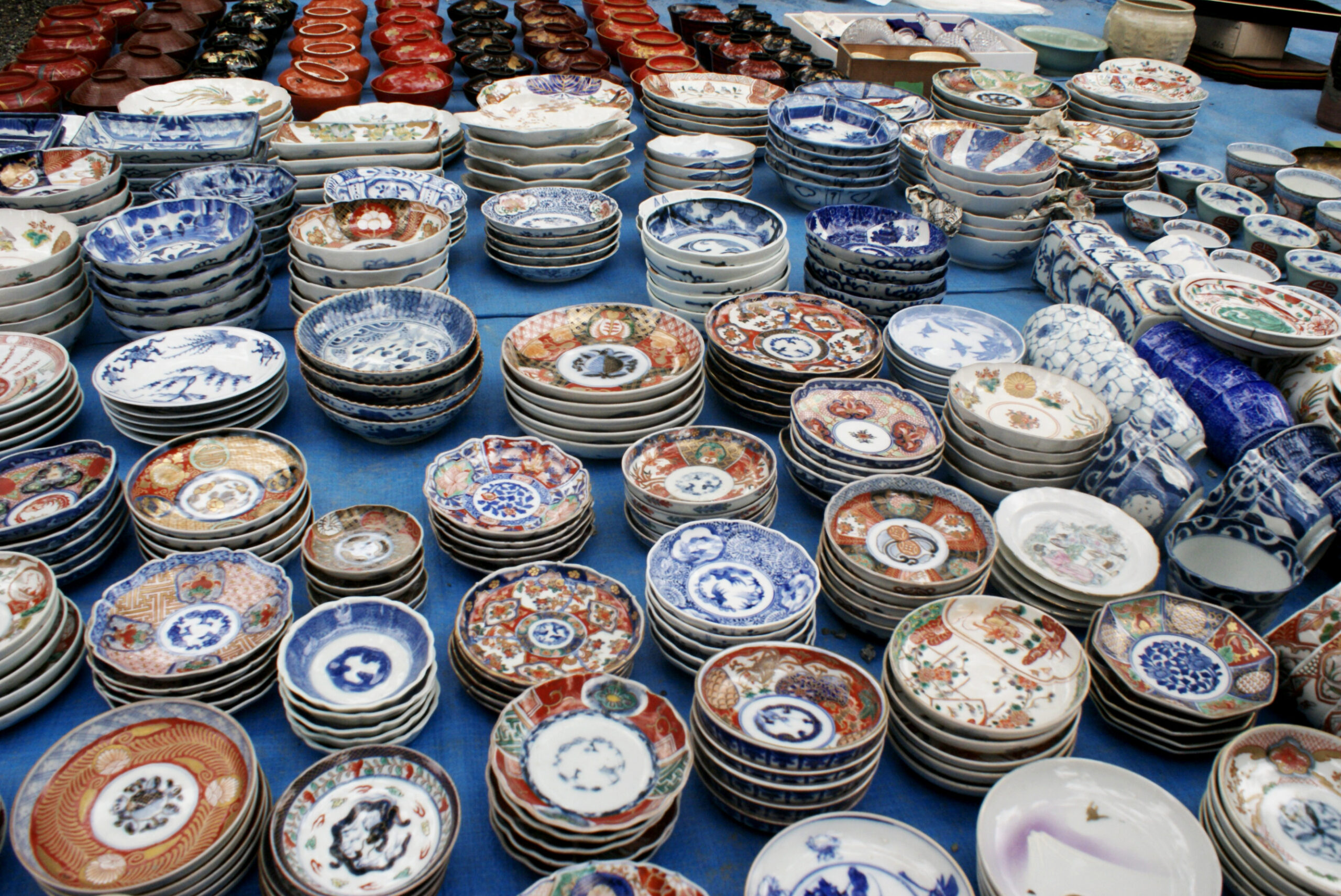
Kobo-ichi (or Kobo-san) is a market held at the Toji temple on the 21st of each month to honor the passing of Kobo-Daishi (Saint Kobo). You’ll find a wide range of goods for sale, including delicious food and antiques.
The biggest Kobo-ichi market of the year, and a major event for Kyoto in winter, is Shimai-Kobo — the final Kobo. Even more people attend this market than usual, and pay their respects to the Kobo statue on the temple’s grounds.
Shimai Tenjin is typically held on the 25th day of each month, on the grounds of the Tenjin shrine. As the final market of the year, this is always the biggest, with a huge variety of goods on offer. Even if you don’t have room in your luggage for more souvenirs, you can at least enjoy some tasty snacks while you soak up the atmosphere.
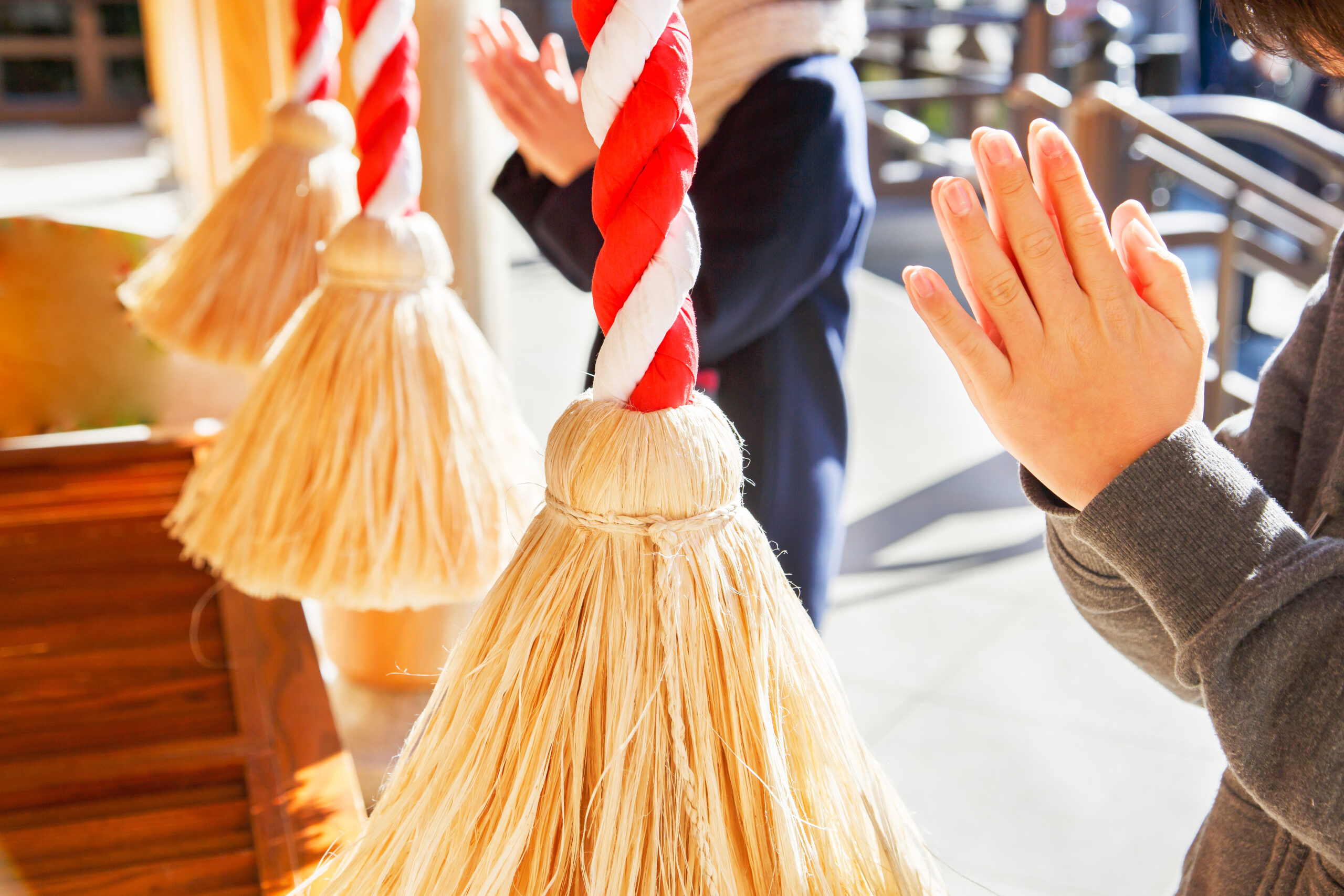
The first visit to one of Kyoto’s shrines is a milestone for many Japanese locals, even those who don’t consider themselves particularly religious. This is Hatsumode, which runs from January 1st to January 8th.
During Hatsumode, people attend a local shrine to pray for a good year ahead or a more particular goal (e.g. staying healthy, achieving more career success). The most popular shrines around Kyoto are:
•Yasaka Shrine
•Fushimi Inari Shrine
•Kitano Tenmangu
•Shimogamo
•Kamigamo Shrines
At shrines, visitors can purchase good luck charms (hamaya) to display in their homes. These items are only sold for the Near Year period.
Temples commonly make this into a grand affair, particularly the biggest and most popular sites. They may put up stalls to sell food, drinks, and various goods to visitors.
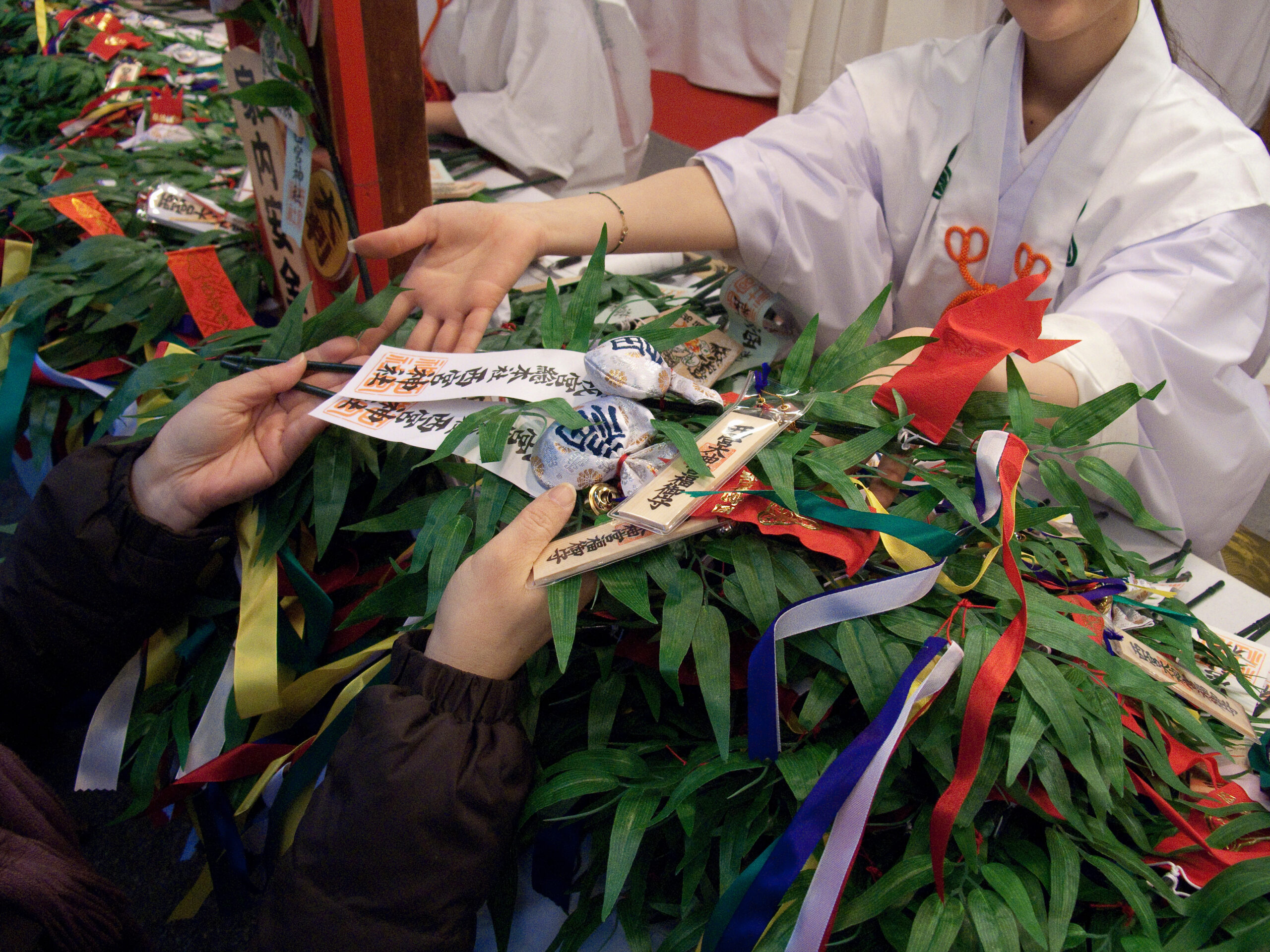
Toka Ebisu takes place from January 8th to January 12th, and is the new year’s first large festival. It’s held at Kyoto Ebisu Shrine, which honors Ebisu: one of Japan’s Seven Lucky Gods, the god of prosperity and commonly associated with fishermen (or, more generally, the ‘working man’).
The festival marks Ebisu’s birthday: the tenth day, or toka, of January. It’s one of the most important things to do in Kyoto during winter. Thousands of Japanese locals and travelers visit the Kyoto Ebisu Shrine to take part.
Food and lucky charms are sold on the grounds during this five-day celebration, while traditional ceremonies are performed. You’ll also see and hear visitors rapping their knuckles loudly on wooden boards to get Ebisu’s attention, as he’s believed to be partially deaf!
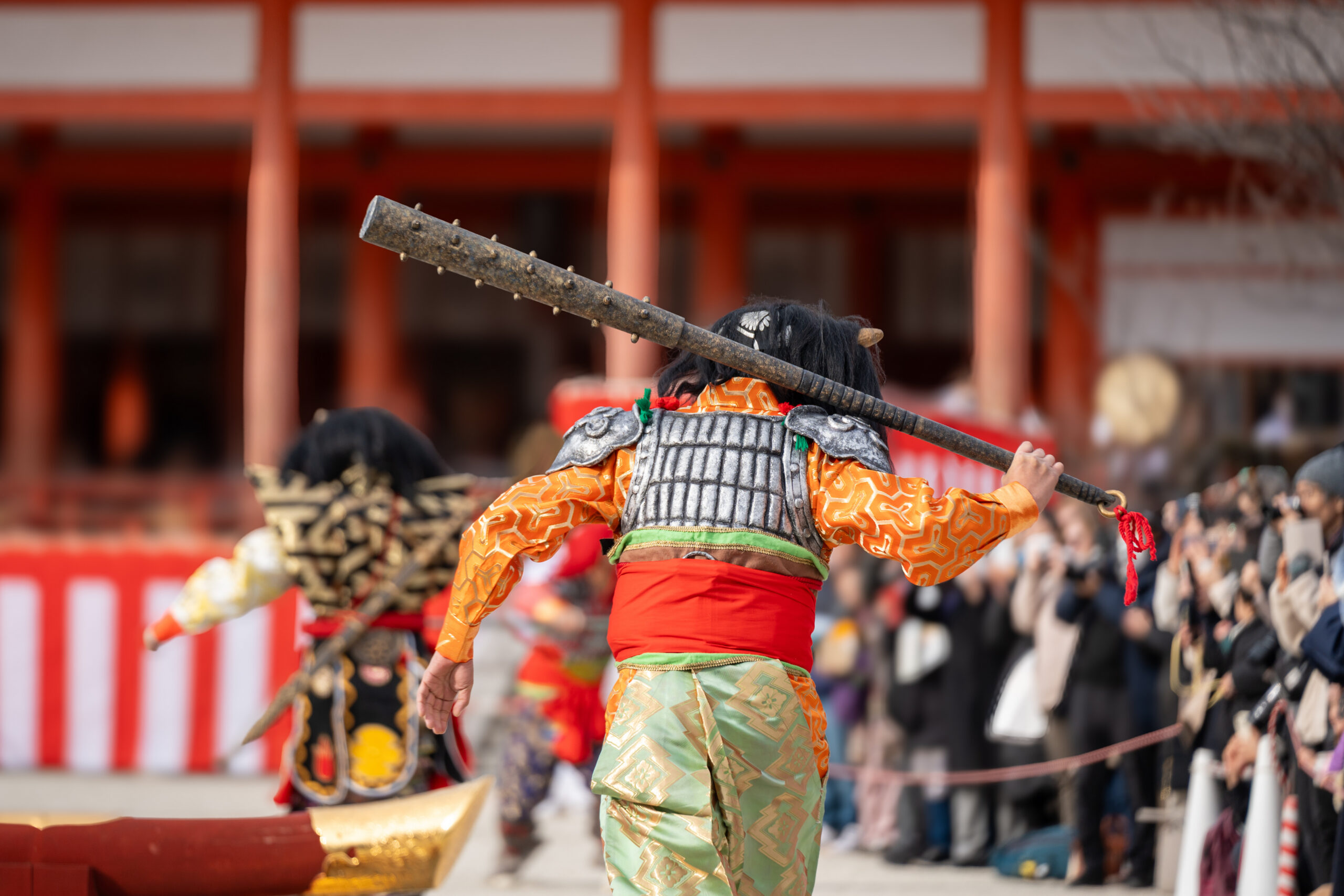
Japan has four Setsubun (“division of the seasons”) events each year, but the most important falls on February 3rd.
Various Setsubun events take place around Kyoto in February each year, but the most famous occur at Yoshida Shrine. One of the main attractions here is the Tsuina Ceremony, which is held to drive away bad luck and evil spirits.
Other important events at the Yoshida Shrine include the Fireside Furnace Festival and Setsubun Latter-day Festival.
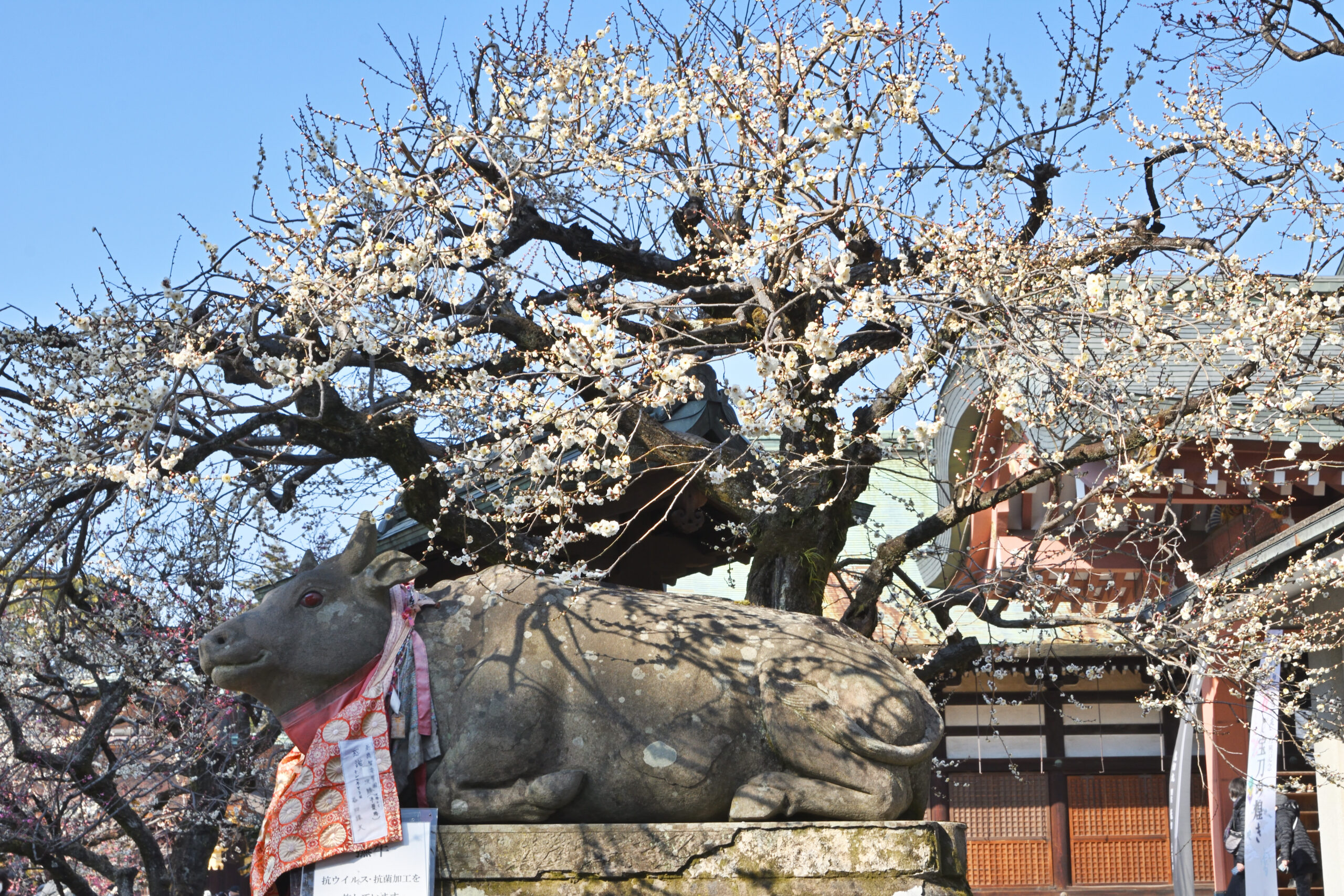
Before cherry blossom viewing became one of the biggest things to do in Japan, seeing plum blossoms was the original flower viewing (hanami) event.
Plum blossom season begins in Japan around the middle of February annually, recognized as the start of spring. You can enjoy events celebrating the plum blossom season around Kyoto, but the most famous are at Jonangu, Kitano Tenmangu, and Zuishin-in.
The Baikassi (Plum Blossom Festival) is held on February 25th at Kitano Tenmangu. If you manage to book a ticket for the event, you’ll be served tea outdoors by a maiko — an apprentice geisha!
Celebrating the plum blossom season is a fantastic alternative to the cherry blossom season (from the end of March through April).
The Kyoto Winter Special Opening is an annual program that allows visitors to attend specific sites, such as temples and other culturally significant locations in Kyoto, for a limited time. These sites are usually closed to visitors for the rest of the year, so this program is an incredible opportunity to learn more about Kyoto’s culture and history.
The list of sites opening for the 2025 program has yet to be released at the time of writing. The lineup for 2024 included:
•Sennyu-ji Temple Shariden
•Sennyu-ji Temple Unryu-in
•Rozan-ji Temple
•Shokoku-ji Temple Hatto and Hojo
If you’re planning on visiting Kyoto city during the winter season, then be sure to make time to take part in some of these special Kyoto events during your travels! You’ll have the chance to experience Japanese culture and tradition while taking part in a unique holiday or event.
Make your trip a truly local experience, and go where the locals go. If you're wondering where the locals go to eat when hanging out with family, celebrating with friends, stopping by for an after work drink... look no further.
Machiya Locals Website